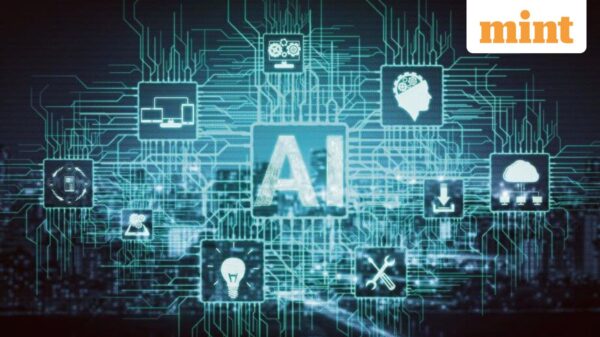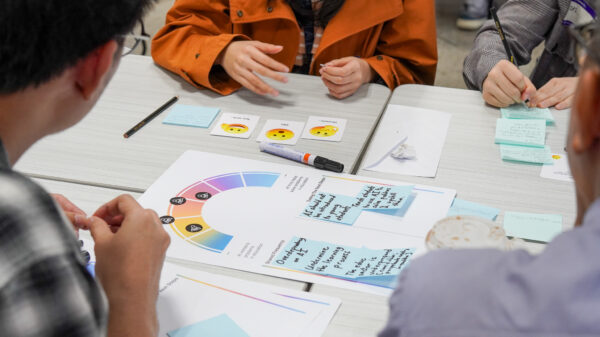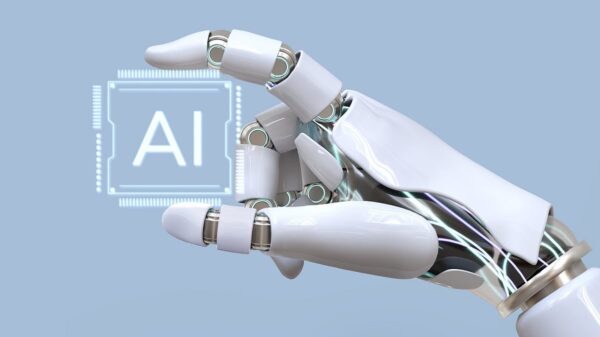As generative AI (GenAI) continues to transform the landscape of software development, it is not only altering how code is produced but also redefining the standards of software quality. With AI tools becoming integral to development workflows, the traditional role of quality assurance (QA) is evolving from manual oversight to a more dynamic, real-time engagement with machine-generated outputs. This shift introduces a new paradigm of shared responsibility regarding accuracy, coverage, and risk management.
According to the 2025 DORA report, a staggering 90% of technology professionals report utilizing AI in their daily tasks. However, this widespread adoption does not come without concerns; approximately one-third of users express a certain level of distrust in AI-generated results. This skepticism stems from the stakes involved in QA work, where prioritizing speed over accuracy can result in significant liabilities.
Many AI-driven tools, particularly those using “one-shot” test case generation, often emphasize quantity over quality. This emphasis can lead to an increased burden on QA teams as they must often address flawed logic, rebuild testing architectures, and fill in critical gaps in coverage, ultimately detracting from the time savings that automation promises.
Redefined Roles in Quality Assurance
The changes brought about by GenAI extend beyond just the tools used. The 2025 “AI at Work” report from Indeed highlights that 54% of job skills listed in U.S. postings are undergoing moderate transformation due to the influence of GenAI, with software roles being particularly vulnerable. As a result, QA teams are being reshaped fundamentally. Rather than solely creating code or tests from scratch, they are increasingly tasked with overseeing and refining outputs produced by AI, incorporating a new layer of editorial responsibility into technical workflows.
This evolution highlights a critical point: while rapid code generation may seem appealing, it may not always serve the best interests of software release quality. Test case generation is one of the most visible applications of AI in software testing, yet actual adoption rates fall short of the excitement surrounding it. A recent mapping study indicated that only 16% of participants had implemented AI in their testing processes, a figure that likely underrepresents real-world usage due to organizational constraints that discourage AI integration.
The Importance of Human Oversight
The potential pitfalls of relying solely on AI for test case generation are significant. Fully autonomous systems can misinterpret business rules, overlook edge cases, or conflict with existing architecture, resulting in rework that negates the intended time savings. However, human errors also occur, particularly under pressing deadlines or vague requirements. An alarming 63% of reported security incidents and data breaches involve human factors, reinforcing the need for a balanced approach in QA.
To mitigate these risks, a human-in-the-loop (HITL) approach is essential. This method ensures that while AI facilitates the drafting process, humans remain engaged in decision-making. Clear, intentional guidance from testers enhances the reliability of AI outputs. By providing context—such as systems, data, personas, and risks—testers can specify desired formats and identify edge and negative cases upfront. Organizations can bolster this process with templates, style guides, and role-based controls to ensure consistency and auditability.
Testers reviewing AI-generated drafts can focus on refining content, validating technical accuracy, and ensuring business relevance. When executed correctly, this collaboration amplifies trust and efficiency, transforming AI into a valuable assistant rather than a potential compliance risk.
Building Trust in AI Tools
For AI tools to contribute meaningfully to QA processes, they must be designed with specificity in mind. Many existing tools fail to cater to the nuanced context of real-world testing scenarios, which can diminish their efficacy. When humans and AI work symbiotically, the result is a more robust testing framework where quality and accountability are paramount.
Establishing strong governance practices around data handling, access controls, and audit trails can further enhance trust in AI outputs. However, the ultimate goal remains consistent: improving quality through clear context, structured processes, and regular oversight. By treating AI-generated materials as preliminary drafts requiring human evaluation, teams can prevent the pitfalls of automation and ensure that quality remains a non-negotiable priority.
In conclusion, as we navigate this transformative period in software development, embracing a collaborative approach where AI serves as a drafting partner can enhance the capabilities of QA professionals, streamline processes, and elevate the overall standard of software quality.
 Google Launches Gemini 3 with Autonomous Agents and Veo Video Generation Tools
Google Launches Gemini 3 with Autonomous Agents and Veo Video Generation Tools Apple Unveils On-Device LLMs for Accurate Audio-Motion Activity Insights with 90% Accuracy
Apple Unveils On-Device LLMs for Accurate Audio-Motion Activity Insights with 90% Accuracy Trump Reveals AI-Generated Video with Ronaldo, Sparking Debate on Digital Authenticity
Trump Reveals AI-Generated Video with Ronaldo, Sparking Debate on Digital Authenticity Gaming Exec Claims “Gen Z Loves AI Slop,” Sparking Backlash Over AI in Video Games
Gaming Exec Claims “Gen Z Loves AI Slop,” Sparking Backlash Over AI in Video Games OpenAI Launches GPT-5 with Enhanced Reasoning and Customizable Response Modes
OpenAI Launches GPT-5 with Enhanced Reasoning and Customizable Response Modes












































































